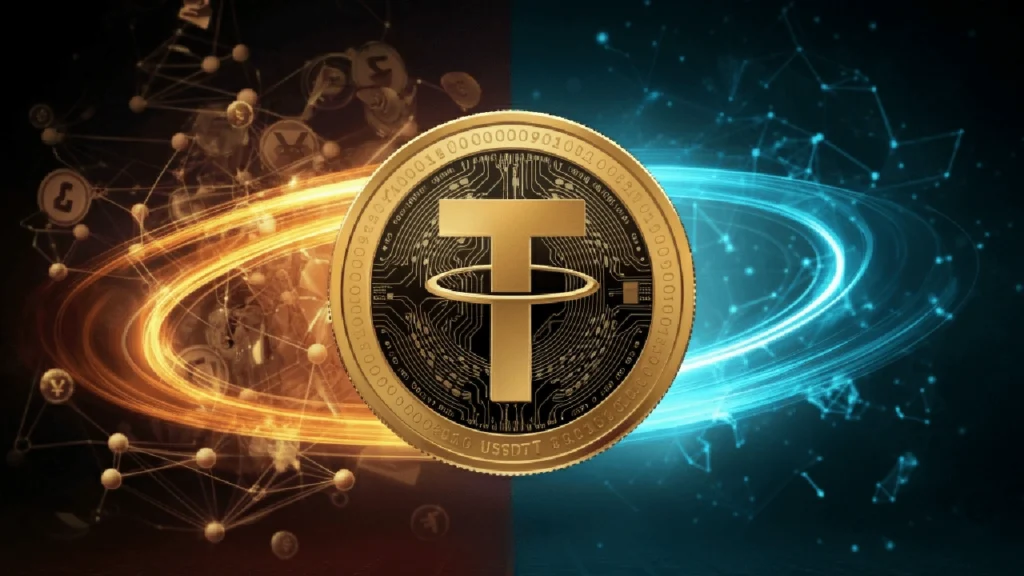USDT Peg Mechanism: A Technical Primer
The USDT peg mechanism is meant to keep one USDT equal to one U.S. dollar. Easy enough to say—but maintaining that 1:1 ratio takes more than just a promise. The mechanism relies on reserve assets, redemption policies, market forces, and a lot of trust. Here’s how it actually works.
How Reserves Anchor the Value
USDT tokens are backed by reserves, at least on paper. Tether Ltd., the issuer, states that every USDT is backed by an equivalent value in reserve assets. These aren’t just dollars sitting in a bank account—they include U.S. Treasury bills (which make up the bulk), bank deposits, money market funds, and a smaller slice of riskier assets like secured loans and crypto.
Tether releases periodic attestations (not full audits) to show what’s in the pot. They give a breakdown of reserves, though critics argue they lack the depth and rigor of true financial audits. Still, these reports are what we’ve got, and they provide a snapshot of how Tether supports the peg.

Redemption: A Gatekeeper Model
Technically, you can redeem USDT for U.S. dollars—but only if you’re a verified institutional client. The average holder? Not so much. For most people, converting USDT to dollars happens on crypto exchanges. They sell USDT for dollars or other stablecoins, depending on liquidity.
This redemption structure creates a bit of separation between Tether and the average user. But it’s also what allows the system to scale without having to process millions of tiny redemptions daily. It keeps the peg mechanism somewhat centralized but operational.

Arbitrage: The Market’s Self-Correcting Engine
Here’s where the USDT peg mechanism gets interesting. Suppose USDT drops to $0.97. Arbitrage traders buy it cheap, then redeem it with Tether (if eligible) or wait for a price bounce to sell at a profit. That buying activity creates demand, reducing supply, and slowly pulls the price back toward $1.
Now reverse it. If USDT trades above $1, say at $1.02, new tokens are issued and sold to take advantage of that premium. This inflow increases supply and helps push the price back down.
This buy-low, sell-high loop acts like a natural balancing force. It’s fast, especially in high-liquidity markets, and it doesn’t require direct intervention from Tether most of the time.

Why Trust Is the Final Ingredient
Reserves and arbitrage can do a lot, but none of it matters without confidence. The USDT peg only works if people believe it will keep working. Trust in Tether’s operations, its solvency, and its willingness to honor redemptions is what really holds the system together.
When trust dips—during regulatory scrutiny, lawsuits, or rumors—the peg can wobble. Brief depegs have happened. But Tether has managed to process massive redemptions (like the $10B during the 2022 crypto crash) without pausing operations, which restored some faith.
Still, transparency concerns remain. Tether hasn’t undergone a full audit, and its ownership structure is complex. These lingering issues mean that some skepticism is justified.


Final Thoughts: The USDT Peg in the Real World
So, does the USDT peg mechanism really work? Technically, yes—it functions. It relies on a reserve-backed model, limited redemptions for big players, responsive arbitrage behavior, and a trust layer that glues it all together.
It’s not perfect, and maybe never will be. But it doesn’t have to be flawless—it just has to be good enough to keep confidence afloat. And so far, it has.
Relevant news: Step-by-Step Guide: How the USDT Peg Mechanism Keeps It 1:1











